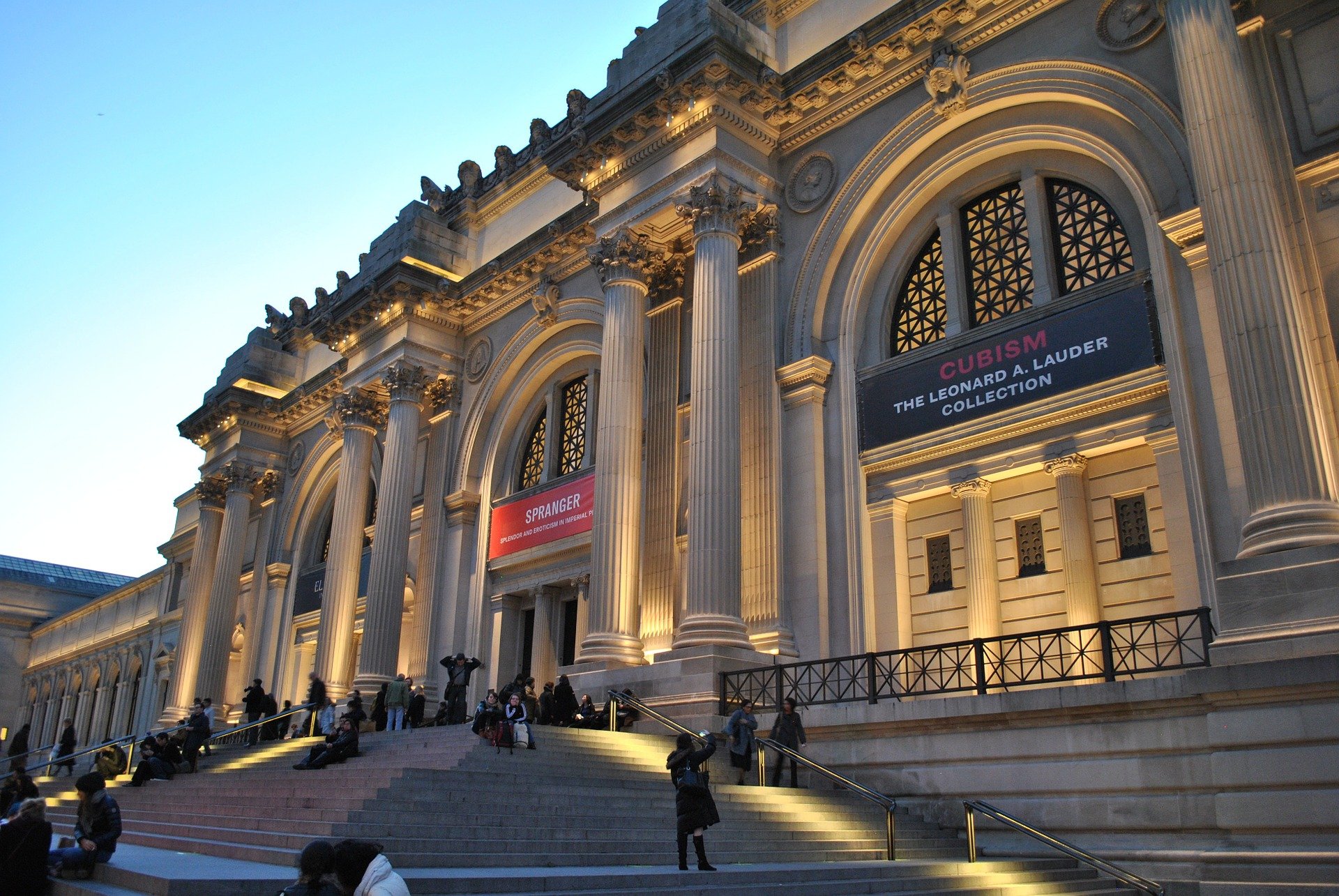
The Metropolitan Museum of Art will begin charging out-of-state visitors mandatory admission for the first time in 50 years, the museum announced today. The shift, which is likely to be hotly debated, represents a major change to a longtime policy that allowed everyone to pay what they wish to visit America’s largest art museum. The institution’s leadership says the move is necessary to provide a reliable income stream and ensure the museum’s long-term sustainability.
At a press conference held today at the Met’s Fifth Avenue headquarters, the museum’s president and CEO Daniel H. Weiss announced that the pay-as-you-wish policy will continue for all New York State residents (a variety of proof of address forms are accepted) as well as students from Connecticut and New Jersey.
But visitors from outside New York State will be required to pay a mandatory admission fee. For adults, that fee will be $25; for seniors, $17; for students, $12. The museum will be free for all children under age 12. The new policy will come into effect on March 1.
As part of the policy, full-priced tickets will be honored for three consecutive days at all three of Met’s locations: the Fifth Avenue flagship, the Met Breuer, and the Cloisters, its medieval outpost. (At the press conference, Fred Dixon, the CEO of the New York’s tourism agency NYC & Company, noted the “enormous value” of this small but canny move, which is likely to increase attendance levels across the board.) Last year, attendance at the museum exceeded seven million for the second consecutive year.
The move comes as the museum works to shore up its finances and reduce its deficit, which currently stands at around $10 million, according to the New York Times. The Met has said it hopes to balance its budget by 2020, and that the new admission policy is just one piece of a broader financial housekeeping effort that includes boosting revenue from retail and reducing the number of annual exhibitions it presents.
The museum had to receive approval from New York City’s Department of Cultural Affairs to implement the new system because the Met’s Fifth Avenue building sits on city-owned land.
At the press conference, the city’s cultural affairs commissioner Tom Finkelpearl called the change “a tool needed to be healthy and prosper” and noted that similar policies are in place at other American institutions, including the Detroit Institute of Art.
Weiss said the review of the admissions policy, which has been in place since 1970, was long overdue. He noted that the percentage of visitors who pay the full suggested admission fee had fallen by 73 percent over the past 13 years.
The museum estimates that the new policy will affect 31 percent of museum visitors. The vast majority—80 percent—of these visitors are making their first visit to New York or come less than once a year. Weiss said the updated policy will have “little to no impact on frequent visitors.”
Currently, admissions revenue accounts for roughly 14 percent of the museum’s $300 million operating budget. (This is almost double the industry standard, which is around six percent, according to the Association of Art Museum Directors.) The policy change is expected to add an additional two to three percent, equivalent to $6 million to $11 million each year.
The new policy also includes a potential reduction in funding from the New York City government. In 2017, the Met received just 10 percent of its annual $305 million budget from the city, the majority of which was earmarked for utility costs related to the building. Under the new system, that annual support could be reduced by up to $3 million. Finkelpearl says that money may instead be re-routed to other cultural initiatives in under-resourced areas of the city.
Who is the policy most likely to affect? Weiss said 37 percent of visitors to the museum are international; 11 percent of all international visitors are from China.
Meanwhile, a total of 31 percent of visitors are from New York City; an additional six percent hail from New York State. In order to secure their pay-what-you-wish ticket, those visitors will be required to show address identification, according to the Times. (But they won’t be turned away if they forget—just asked to bring it next time.)
It didn’t take long for some observers to voice concern about the plan. In a rare joint response, the New York Times co-chief art critics Holland Cotter and Roberta Smith called it a mistake. Smith described the policy as “classist, and nativist. It divides people into categories—rich and poor, native and foreign—which is exactly what this country does not need right now.”